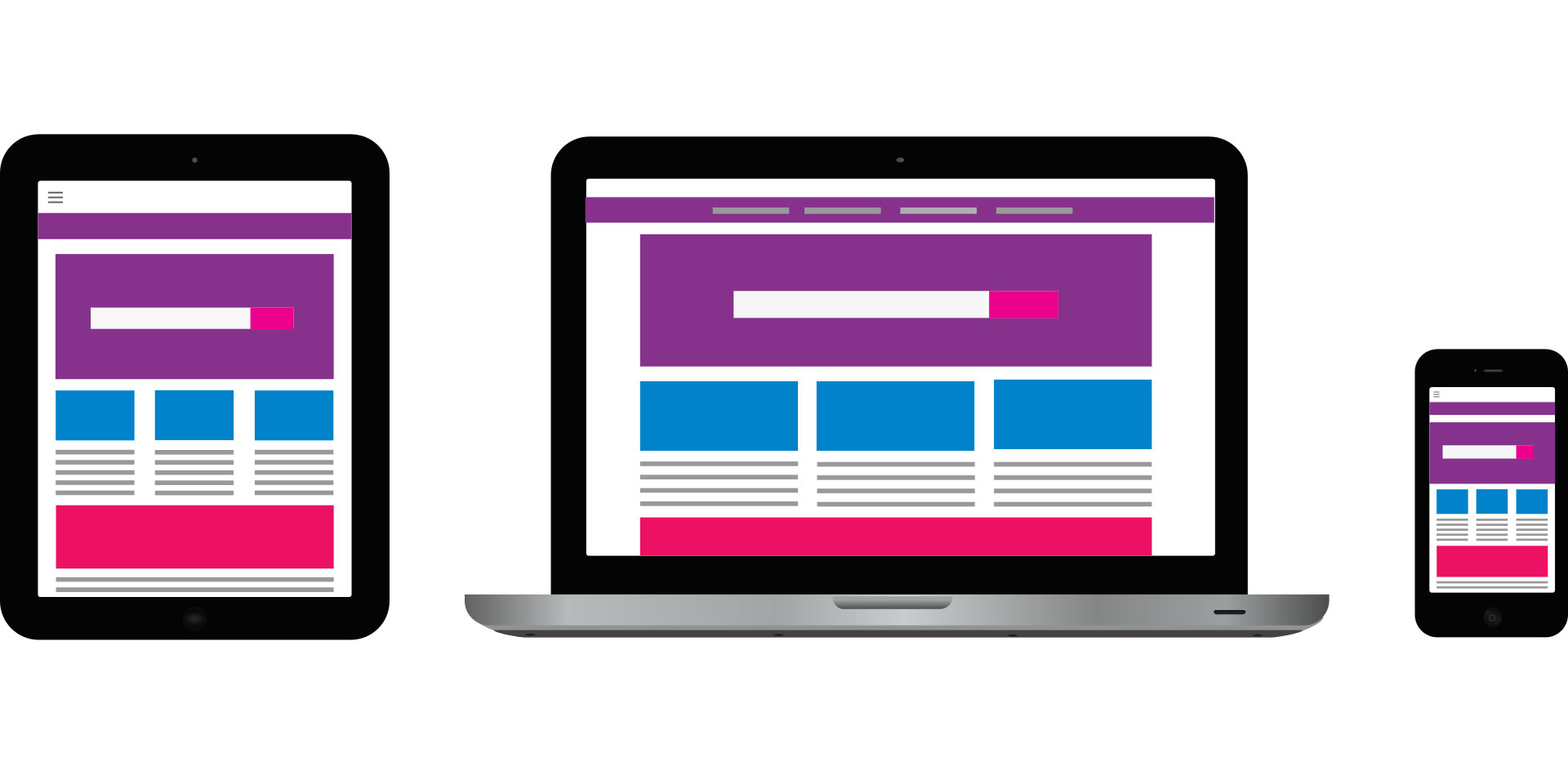Your website is the online presence of your brand. It is always the second touchpoint experience for the user. We say second because the experience guides them to your website such as a social media post, a search engine result, a business card, or a conversation with you, the business owner.
The initial touchpoint experience compelled them to continue to your website for more information, to order a product, to schedule a call, and so on. The user’s experience on your website is just as important, if not more important, than the first interaction. There are many tips and ideas to give your visitors a great user experience and if you google what is important for websites, the results can be very overwhelming.
Many of the tips and ideas are very good, but we feel there are four very important things you must do to continue a great user experience that leads to conversions.
- A brand message that is clear and simple
How many times have you gone to a website because it looked like what you needed? Except when you get there, you are confused. Why does this happen? There are a number or reasons such as too much information, content is not written to the user’s level of understanding, too many distractions.
You can make your brand message clear by keeping it simple. Simple means using industry jargon sparingly. You may understand the terminology, but users may not. Simple means displaying only what is relevant. When you know your customer’s buying habits, you will know what is relevant to help them make a decision. Too much information can overwhelm them. Simple means removing distractions. If it is not relevant, it is a distraction. Video or a photo gallery might be good, but is it helping or distracting?
- Up-to-date information
This is very important especially if you have products or services that are constantly evolving. When you are talking to potential or current customers about a product or service, they may go to your website to gather more information. If your website does not align with what you are saying, you are creating a disconnect and doubt with your customer. All information on your website needs to be current from company address and staff bios to products and services. We recommend auditing your information on a regular basis to make sure your website mirrors or marketing material and customer interaction.
- A primary call-to-action on every page.
Every page should be treated as a landing page with a primary call to action. It is true that some pages on your website are strictly information, but it should be treated as a landing page that includes a call-to-action. A primary call-to-action is the ONE thing you want a user to do on the page. If there are too many call-to-actions competing for attention, the user will get confused and leave, but if you have a primary call-to-action, your chances for engagement rises significantly.
- Responsive
A website that visually responds or adapts to a device is responsive. The easiest way to know if a website is responsive is by looking at it on your phone and the computer. If the layout looks different, it is responsive. The purpose of a responsive website is to provide the user with a great user experience no matter the device. If a website is not responsive for a mobile device, the user may have a difficult time navigating the website, therefore, creating a barrier between them and your call-to-action. Websites that are responsive have a much higher sales conversion rate. There are many responsive checker tools like https://responsivedesignchecker.com/. It is worth your while to check your website.
Your website can be a profitable asset or an obstacle that is pushing customers away. You obliviously want it to be a profitable asset. A great way to find out is a website audit. An audit shows you what you are doing right and what you need to do to improve it. If you would like to know what an audit process looks like, contact us. We would be happy to walk you through it and determine if an audit is right for you.





